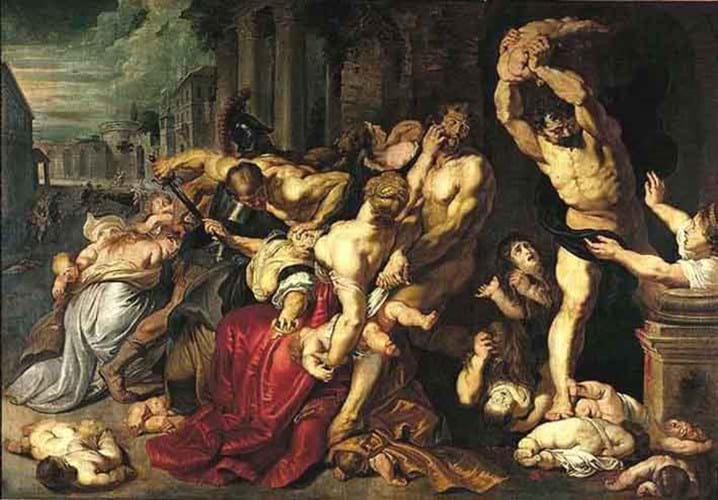
This superbly preserved panel painting had recently been discovered by Sotheby's expert George Gordon languishing in an Austrian monastery with an attribution to the little-known Jan van den Hoecke. After lengthy research, Sotheby's re-attributed the painting to Rubens, dating it to the early period of c.1609-11, just after the artist's return from Rome, when he also painted the celebrated (and controversial) Samson and Delilah now in the National Gallery. The pre-sale estimate was £4m-8m.
A packed saleroom watched enthralled as Sotheby's chairman Henry Wyndham took bids from at least eight different sources before a last telephone bidder finally gave way to Fogg, bidding on behalf of an anonymous private buyer, at £45m.
After the sale there was no shortage of speculation about the identity of Fogg's client. Most knowledgeable trade sources plumped for the Canadian oil and media magnate Lord Thomson (estimated wealth £10.6bn, making him the 14th richest man in the world) as the favourite with the Emir of Qatar rumoured as a possible outside bet. In 1996 Fogg paid £3.8m on behalf of Lord Thomson for the late 12th century Becket reliquary chasse at Sotheby's July 1996 British Rail Pension Fund sale.
Rubens' The Massacre of the Innocents now ranks as the third most expensive work of art ever sold at auction. Depending on the exchange rate taken, the Rubens could also be regarded as the most expensive painting ever sold in sterling, but the US dollar is now almost universally regarded as the primary currency of the international art market.




